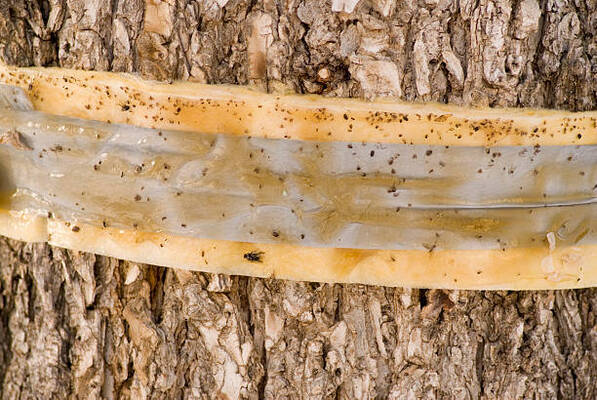- 1-905-452-8193
- Contact Us
- Member Login
- Get Listed Today
- 220,911 members

Australia is home to some of the world’s oldest and most diverse trees and plants. Unfortunately, tree removal Sydney experts know that there are also several tree diseases that can be found in abundance throughout the country. Knowing what these diseases are, as well as how they affect trees, is essential for proper tree care and management.
Australia is rich in natural biodiversity, and its forests are home to a wide variety of trees. Unfortunately, these trees are not immune to tree diseases caused by fungi, bacteria, viruses, and environmental stressors. While some of these diseases may cause minor damage to the tree’s foliage or bark if caught early enough; others can lead to serious health issues for the tree that may require removal of the tree to avoid the spread of the disease. Prevention and management are key when it comes to trees, understanding common diseases and how they can be treated is essential for a healthy forest.
The following list details the most common tree diseases in Australia.
Dutch Elm Disease
This disease is caused by a fungus that affects elm trees, causing them to wilt suddenly and die within days or weeks. It spreads quickly from one infected tree to neighbouring ones through root grafting or airborne spores.
Oak Wilt
This disease impacts oak trees and can cause wilting leaves. Its effects can be seen in the spring and summer months, with leaves turning brown, yellow or red.
Pine Wilt
This disease affects pine trees and is caused by a nematode species. It spreads quickly through the tree’s sapwood, causing wilting limbs that appear blackened and dead.
Rust Diseases
These are fungal diseases that impact a wide range of plants including some trees — most notably oaks, maples, elms and birches. They typically present themselves as orange spots or pustules on young twigs or leaves, which darken to black when they mature.
Sudden Oak Death
This disease is caused by a fungus-like pathogen that affects oak trees, resulting in wilted branches, blackened leaves and dead twigs. It can cause rapid death of even healthy oaks if not treated quickly.
Apple Scab
This fungal disease is found on apple trees, causing dark green spots or scabs on both young and mature foliage. It often appears after extreme weather events or during periods of high humidity.
Fireblight
This bacterial infection primarily affects apples, pears and other members of the Rosaceae family but can also affect some other types of trees, shrubs and vines. Its symptoms include dieback, wilting leaves and browning fruit.
Phytophthora Root Rot
This is a soil-borne fungus that affects a vast array of plants including some tree species. It causes root rot and can lead to the death of affected trees if left untreated.
Tar Spot
This fungal disease impacts maple, elm and oak trees, causing black spots or lesions on the leaves which can lead to premature defoliation.
Powdery Mildew
This is a type of fungal disease which causes greyish-white powdery growth on leaves and stems, as well as stunted growth in severe cases. It affects many types of trees including maples, elms and oaks.
Verticillium Wilt
This is another fungal disease that affects a wide range of trees, shrubs and other plants. Symptoms include wilted leaves or branches, yellowing foliage and a general lack of vigour.
Leaf Spots
Leaf spots are caused by fungal diseases that can impact almost any type of tree species in Australia. Symptoms include small round lesions on the leaves that may be yellow, tan or greyish-white in colour.
Tree diseases can have devastating effects if left untreated, so it is important to stay vigilant and monitor your trees for signs of disease. Treatments vary depending on the type and severity of the disease but early detection is key to preventing major damage from occurring.
To make sure that your trees stay healthy and vibrant all year round, get in touch with a qualified arborist as soon as possible for professional advice.
